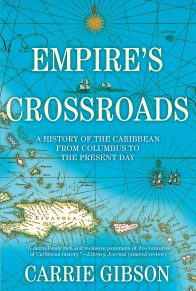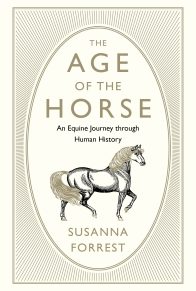“Given his unprecedented situation, his words were unprecedented. He was creating new language. He was creating life. . . . By repairing the dictionary, he was repairing the world. . . . The diary in your hands did not save Petr. But it did save us.” —Jonathan Safran Foer, author of Extremely Loud and Incredibly Close and Everything Is Illuminated
“What is the significance of the writings and art of a murdered 16-year-old boy, especially when he was one of 6 million slaughtered only because of his parentage? Is it that we get to glimpse at least something of a life prematurely and cruelly ended that seems to make that life more lasting and meaningful? Is it that we can better comprehend the infinite horror of each individual loss, which we can then multiply to produce 6 million infinities? Is it, if the writing and art are of distinction, that we can marvel at such precociousness and talent and think of all the richness that that boy and the world never got to experience? The answer, in the case of Petr Ginz, is all of the above.” —Daniel Jonah Goldhagen, Washington Post
“The Diary of Petr Ginz is a gift from history, a gift from the heavens—a fragment of a life extinguished by the Holocaust.” —Bill Glauber, Milwaukee Journal-Sentinel
“This extraordinary personal document is an important document.” —George Cohen, Booklist
“A moving and valuable addition to the personal literature of the Holocaust.” —Publishers Weekly
“Certainly worth reading . . . as a historical document, or as a case study of adolescent psychology under duress.” —Juliet Lapidos, The Forward
“The Diary of Peter Ginz is a gift from history, a gift from the heavens—a fragment of a life extinguished by the Holocaust.” —Bill Glauber, The Salt Lake Tribune
“Ginz’s journals bring to mind another young Jewish diarist, Anne Frank. Both were perceptive Jewish youngsters whose first-person accounts of the period help us to understand that nightmarish time. . . . Ginz . . . lived in the open and was able to witness the steady deterioration of the Jewish community’s conditions, which he chronicled.” —Aaron Leibel, Washington Jewish Week
“Simply put, this book should be read by everyone.” —Daniel A. Olivas, Jewish Journal
“Petr Ginz’s diaries reveal a budding Czech literary and artistic genius whose life was cut short by the Nazis. . . . and offer keen insights into the reality of everyday life of Jews in wartime Prague.” —Ladka M. Bauerova, International Herald Tribune
“There is enough Holocaust literature describing the horror. . . . But Petr’s diaries show that if you were a child during the Holocaust you could still live moments of simple happiness. You could be adventurous in your mind.” —Chava Pressburger, Petr Ginz’s sister













